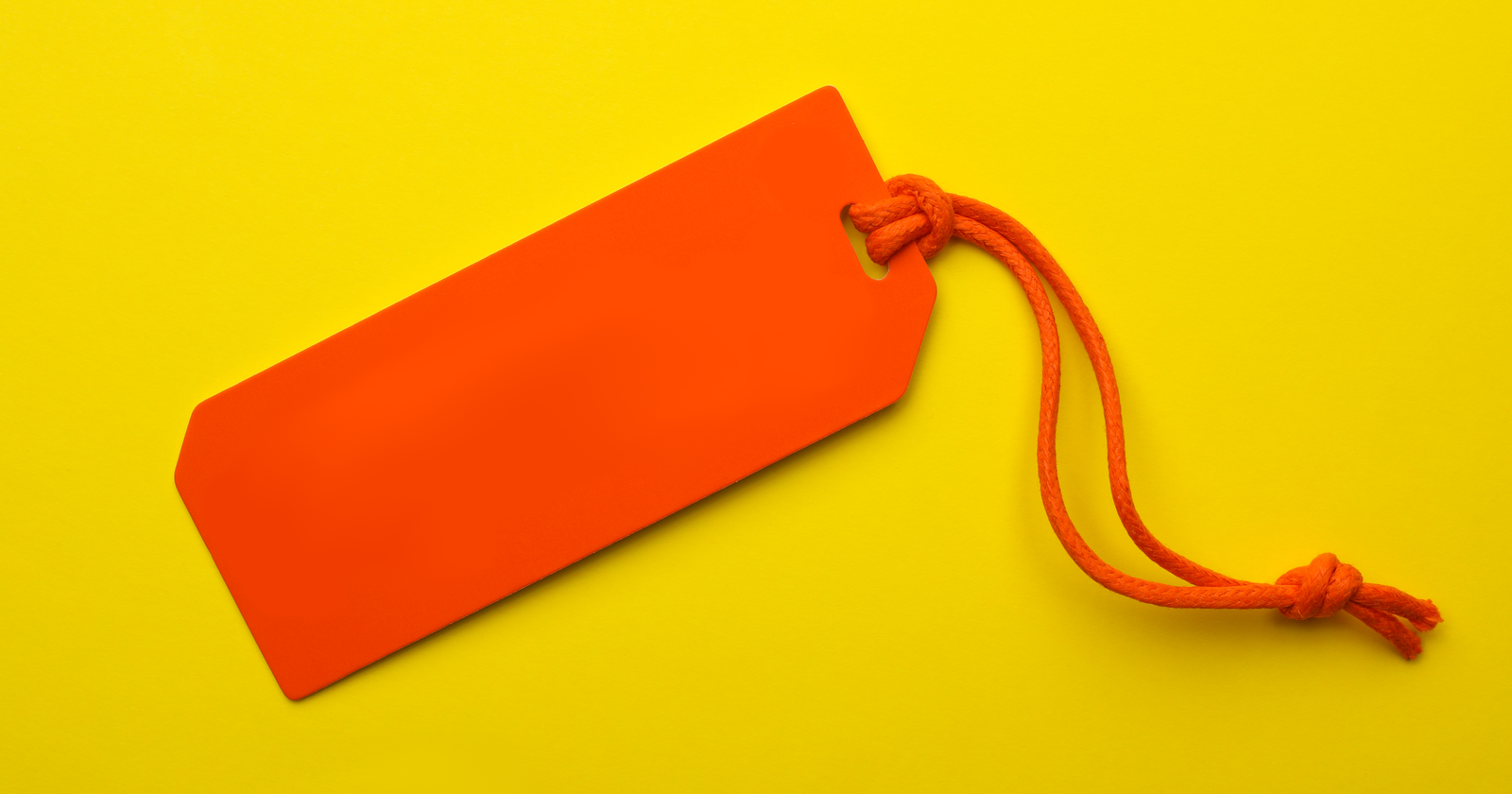Food and Cooking
6443 readers
16 users here now
All things culinary and cooking related. Share food! Share recipes! Share stuff about food, etc.
Subcommunity of Humanities.
This community's icon was made by Aaron Schneider, under the CC-BY-NC-SA 4.0 license.
founded 1 year ago
MODERATORS
1
2
3
4
5
6
7
8
9
10
11
12
13
14
15
16
17
18
19
20
21
22
23
24
25
view more: next ›




